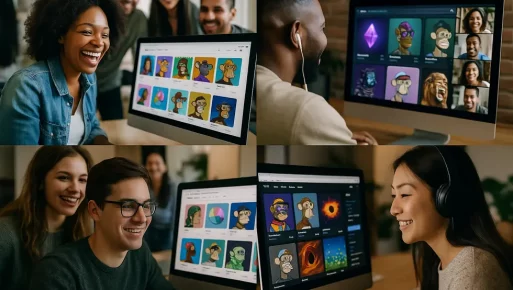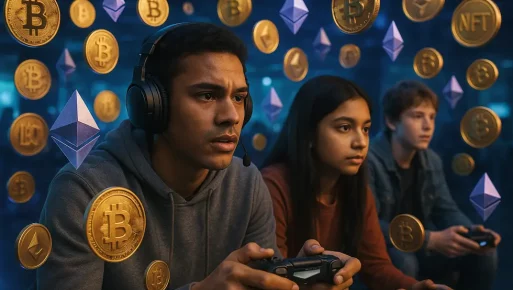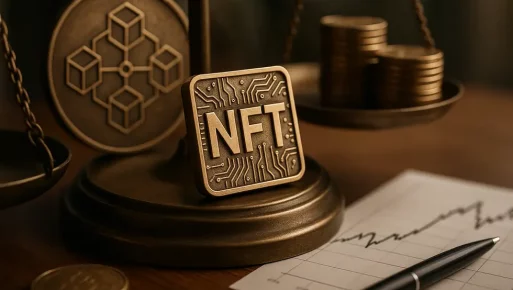As NFTs revolutionize how digital assets are created and traded, understanding their intersection with intellectual property rights becomes pivotal for artists, legal professionals, developers, investors, researchers, and policymakers. This comprehensive guide explores trademark protections, defines essential buyer and creator rights, delves into smart contracts, and examines legal precedents. It also provides insights into future trends, highlighting the transformative potential of NFTs in the intellectual property landscape.
Navigating the Trademark Landscape of NFTs: Understanding Intellectual Property Rights
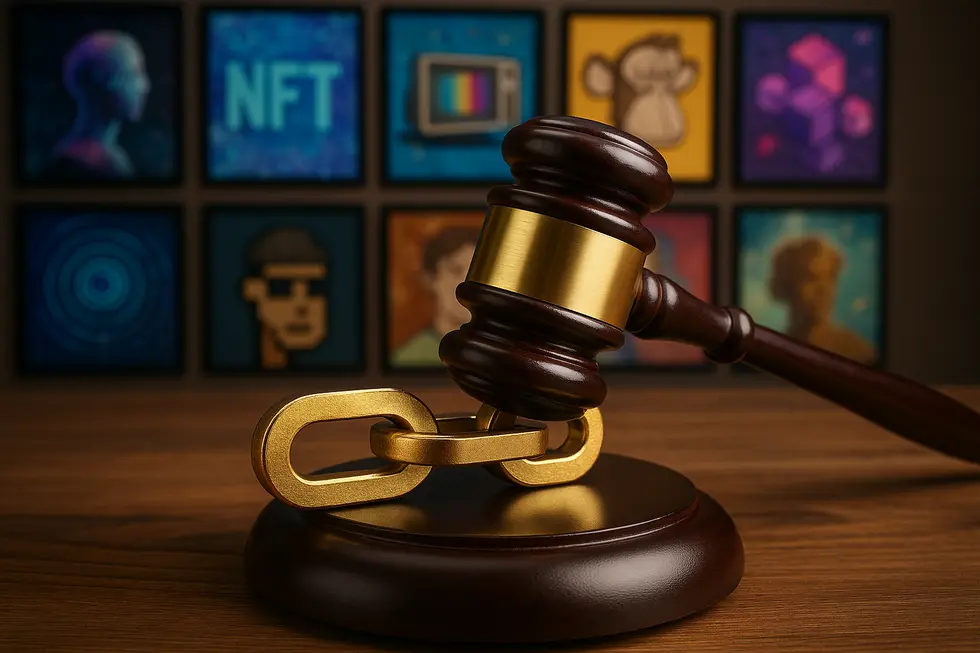
NFTs, or Non-Fungible Tokens, have sparked a revolution in managing intellectual property rights. Recognized as “goods” under the Lanham Act, NFTs have opened new avenues for trademark protection, much like physical products. The landmark Yuga Labs, Inc. v. Ryder Ripps case in July 2025, adjudicated by the U.S. Court of Appeals for the Ninth Circuit, confirmed NFTs’ eligibility for such protection, guarding against consumer confusion and brand dilution.
Trademark protection enables brands to bridge their virtual goods to their trademarks, fortifying authentication and combating digital counterfeiting. However, the decentralization of blockchain technology poses serious challenges in tracking and enforcing rights globally. In the Yuga Labs case, it was pivotal that BAYC NFTs merely licensed usage of the artwork, maintaining the trademark’s control with Yuga Labs. This ruling establishes a precedent for NFT creators to retain brand integrity even as they distribute their tokens.
As the legal landscape evolves, the intersection of NFTs and intellectual property rights continues to unfold, opening new possibilities and complexities. For more insights, consider exploring the latest NFT legal updates.
NFTs: Navigating the IP Rights Landscape in Digital Media
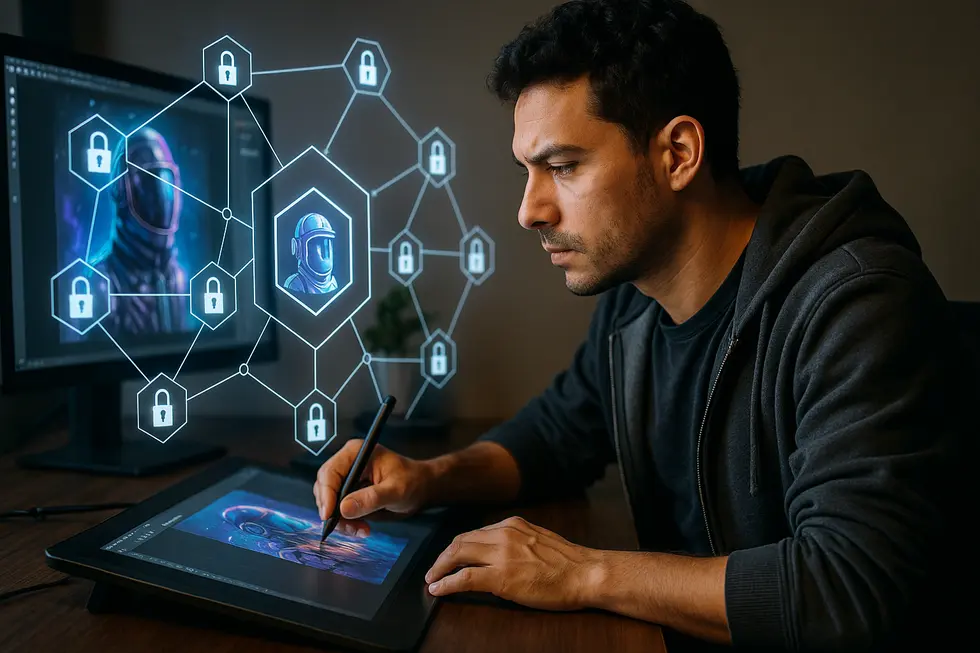
NFTs and intellectual property rights converge in the realm of digital media, provoking a reevaluation of how these unique tokens interact with established IP protections like trademarks and copyrights. Under U.S. trademark law, the Ninth Circuit Court of Appeals ruled that NFTs qualify as “goods,” thereby deserving trademark protection. However, ownership of an NFT does not automatically grant trademark rights unless explicitly transferred, creating a complex layer of ownership beyond mere possession.
Simultaneously, copyright law extends its protection to digital assets underlying NFTs, but it’s crucial to note that minting an NFT does not transfer copyright unless specified in the transaction. Thus, while NFTs secure digital files as original works on blockchains like Ethereum or Solana, the legal rights they confer depend heavily on predefined terms. This necessitates a thorough comprehension of these terms by both buyers and sellers to avoid misunderstanding.
Navigating the intricate web of IP rights involving NFTs requires clarity and legal insight. As more cases emerge, such as those highlighted in the Ninth Circuit Court Analysis, the interplay between NFTs and IP will inevitably continue to evolve, challenging norms and redefining digital asset ownership.
NFTs and Intellectual Property Rights: Clarifying Digital Boundaries
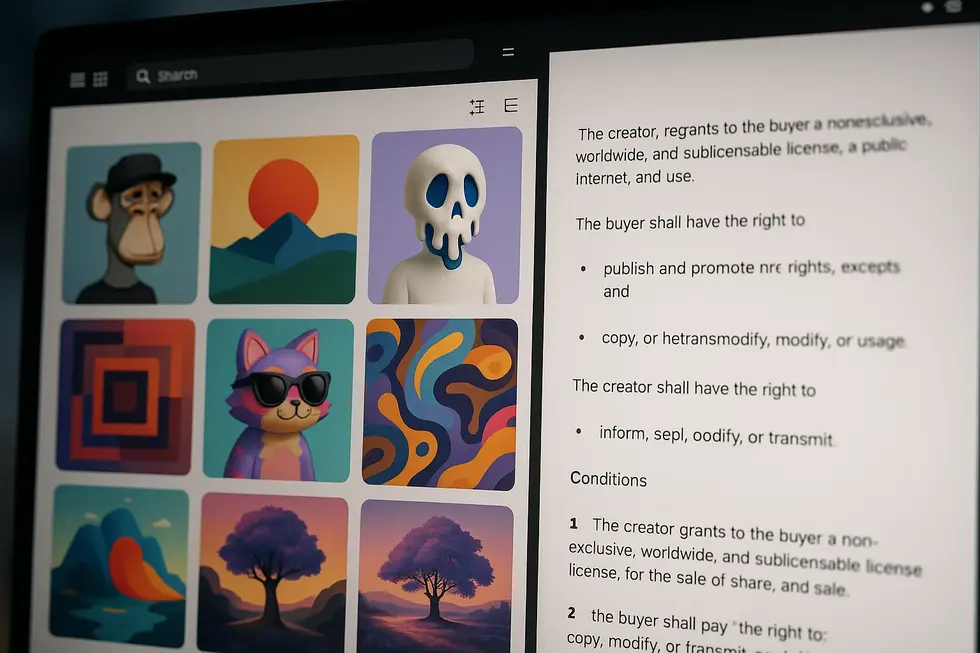
When acquiring an NFT, buyers receive ownership of the token stored on the blockchain, but this does not automatically include the intellectual property rights associated with the digital asset. Creators often retain these rights unless explicitly outlined otherwise, necessitating careful definition to prevent misunderstandings. For instance, purchasing a notable NFT like an NBA Top Shot might give you the token, but the copyright remains with the NBA, showcasing the importance of distinct ownership and rights transfer.
The minting process plays a critical role here. As NFTs are minted, they are logged on the blockchain, yet the underlying intellectual property rights remain separate. Smart contracts embedded within these NFTs can outline specific terms, such as royalty allocations, allowing for consistent revenue to creators, though they need meticulous crafting to be enforceable. Failure to detail these rights clearly can lead to legal friction, particularly if the NFT potentially breaches existing trademarks or copyrights, as evidenced by cases involving Yuga Labs.
Understanding these distinctions in NFTs and intellectual property rights helps both buyers and creators navigate potential pitfalls, ensuring clarity and lawful engagement within the digital marketplace. For further exploration of this topic, you may refer to this detailed exploration.
Smart Contracts: The Backbone of NFTs and Intellectual Property Rights
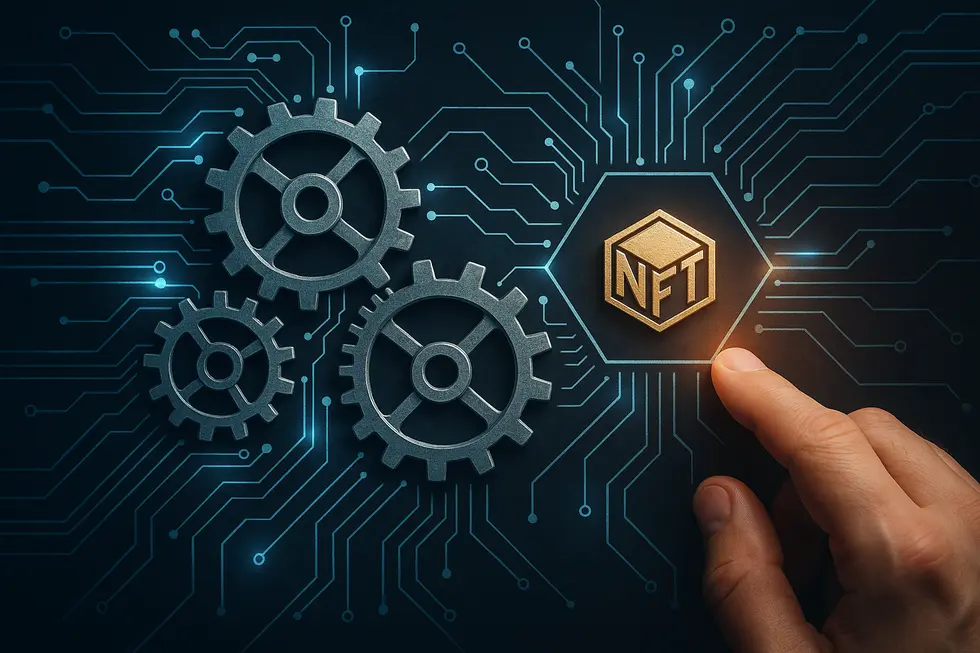
Smart contracts embedded within NFTs revolutionize how intellectual property rights are managed by serving as automated, self-executing agreements that stipulate the terms of digital asset use. These contracts allow creators to define buyer rights—ranging from personal display to commercial usage—and automate royalty payouts on resale transactions, providing benefits traditional systems rarely offer[^1]. Through this lens, NFTs can be seen as tokenized intellectual property rights, packaged and transferred upon purchase. The incorporation of license terms directly into an NFT’s metadata or linked to detailed agreements forms the legal backbone of these transactions[^3][^2].
However, clear definition of rights is crucial, as ambiguity can lead to legal disputes[^1]. Although smart contracts offer automated enforcement, not all marketplaces honor these royalties; careful drafting and choosing the right platform are essential[^1]. Creators can enhance their IP protection by watermarking original works, specifying use licenses in metadata, and employing enhanced NFT standards like ERC-721A[^4].
For those interested in deeper insights into NFT monetization and IP rights, the article ‘Using NFTs to Monetize Copyrights and Digital Assets‘ offers valuable guidance.
NFTs and Intellectual Property Rights: Navigating Legal Precedents
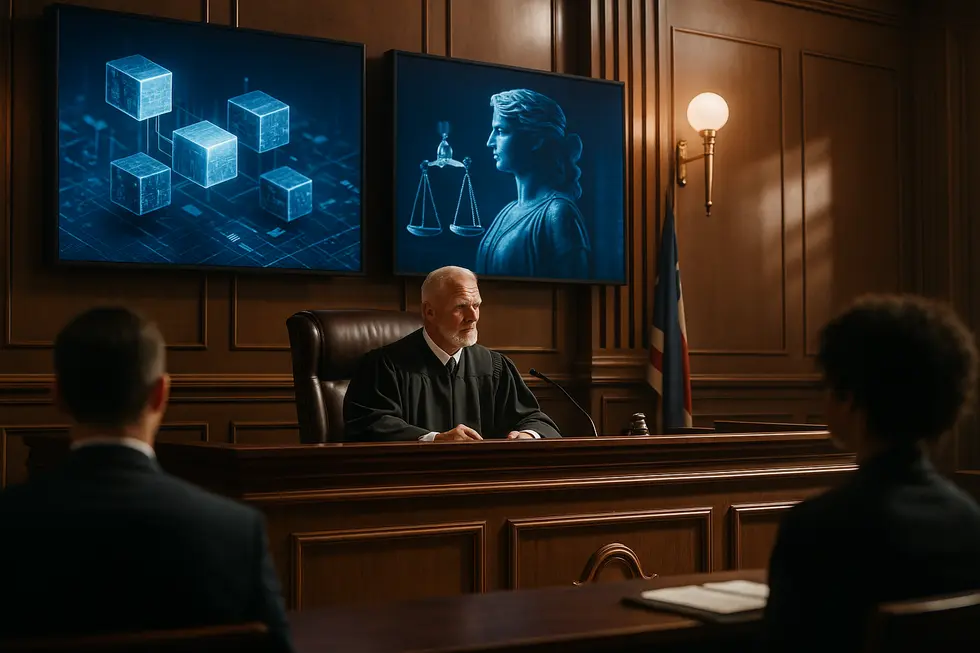
The landmark ruling in the 2025 Yuga Labs v. Ryder Ripps case marked a significant legal precedent for NFTs and intellectual property rights. Identifying NFTs as “goods” under the Lanham Act, the U.S. Court of Appeals for the Ninth Circuit extended traditional trademark protections to digital assets. This pivotal decision signifies a major shift in recognizing the commercial and brand value of NFTs, akin to physical goods.
Yuga Labs, known for the Bored Ape Yacht Club collection, sued Ryder Ripps over the creation of lookalike NFTs that potentially misled consumers and infringed upon its trademarks. The court upheld Yuga Labs’ rights to trademark protection but tasked a lower court with establishing if consumer confusion was indeed present. The ruling refuted claims of artistic expression as a defense when it results in possible trademark infringement.
This case paves the way for NFT creators to defend their intellectual property rights, applying legal measures traditionally reserved for the physical realm to the digital marketplace. For more insights and analysis, see the full court opinion here.
Beyond Digital Art: The Expanding Landscape of NFTs and Intellectual Property Rights
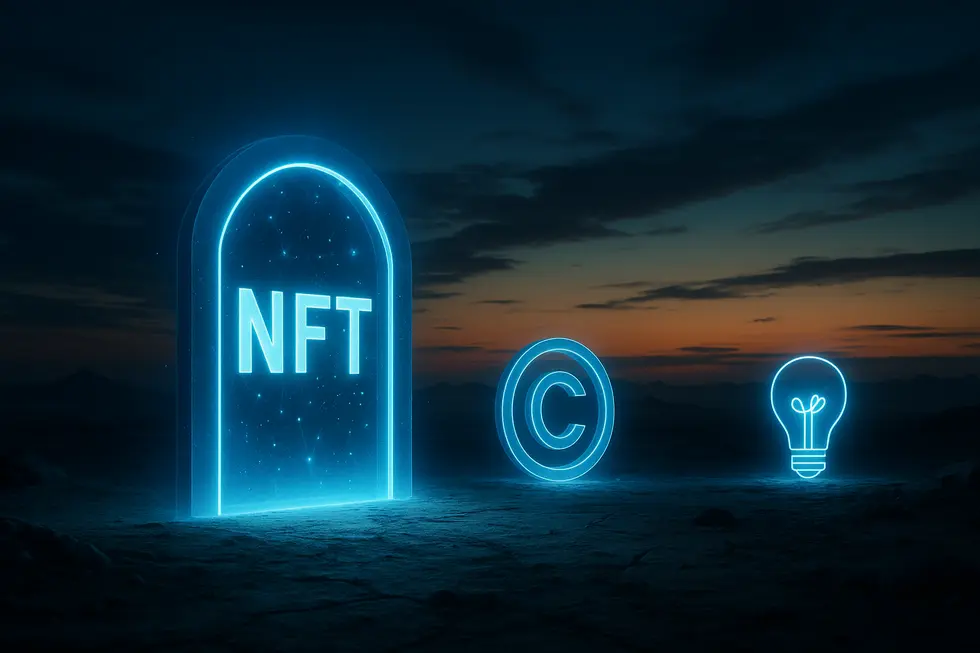
As we navigate the digital frontier towards 2025, the intersection between NFTs and intellectual property rights transforms landscapes once dominated by digital collectibles. NFTs are moving beyond their artistic origins, venturing into asset tokenization and branding, key areas poised for growth. NFTs are now linked to fractional ownership, allowing investors to claim stakes in real estate and luxury goods, traditionally inaccessible investments. This not only democratizes access but attracts a wave of institutional interest.
Simultaneously, brands utilize NFTs to authenticate virtual assets, tying trademarks directly to these tokens to fight counterfeiting on blockchain platforms. However, as the legal space evolves, challenges such as unauthorized use of trademarks in NFTs and ambiguous digital rights arise, demanding legal clarity.
Furthermore, blockchain advancements facilitate interoperability across networks, enhancing IP management and offering new realms for NFTs, including their integration with XR experiences. Legal developments further cement NFT’s role in IP, evidenced by court rulings safeguarding virtual goods’ trademark rights. Expected market proliferation echoes this trend, predicting growth from $3.6 billion in 2024 to $22.8 billion by 2034, underscoring NFTs’ escalating adoption. For detailed insights, visit the Finance Monthly Article on NFTs.
Final thoughts
NFTs present a transformative opportunity to redefine the landscape of intellectual property rights. By understanding trademark protections, creator and buyer entitlements, the role of smart contracts, and evolving legal precedents, stakeholders can navigate this dynamic frontier effectively. As NFTs continue to develop, they promise to empower creators, influence legal frameworks, and shape the digital economy’s future.
About us
Monbase Global is a strategic partner of OpenLive Group, focused on expanding the reach and utility of blockchain and digital asset applications across international markets. As a core collaborator in the Monbase NFT ecosystem, Monbase Global plays a vital role in driving cross-border partnerships, investment strategies, and user adoption beyond Vietnam. With a vision to build a decentralized digital economy rooted in trust and innovation, Monbase Global supports the international growth of NFTs, digital collectibles, and the use of the MBC token across various platforms. The partnership between Monbase Global and OpenLive Group brings together local insight and global ambition—creating real-world value for creators, collectors, and businesses alike.
🌐 Join the Monbase NFT community and stay ahead of the Web3 curve.
💬 Follow us on Telegram, Twitter, or Discord for drops and updates!
Facebook | X (formerly Twitter) | Telegram announcement | Telegram community



